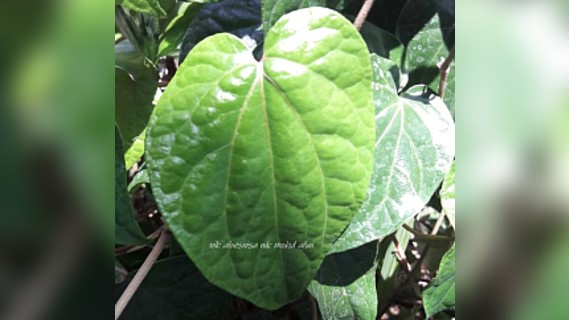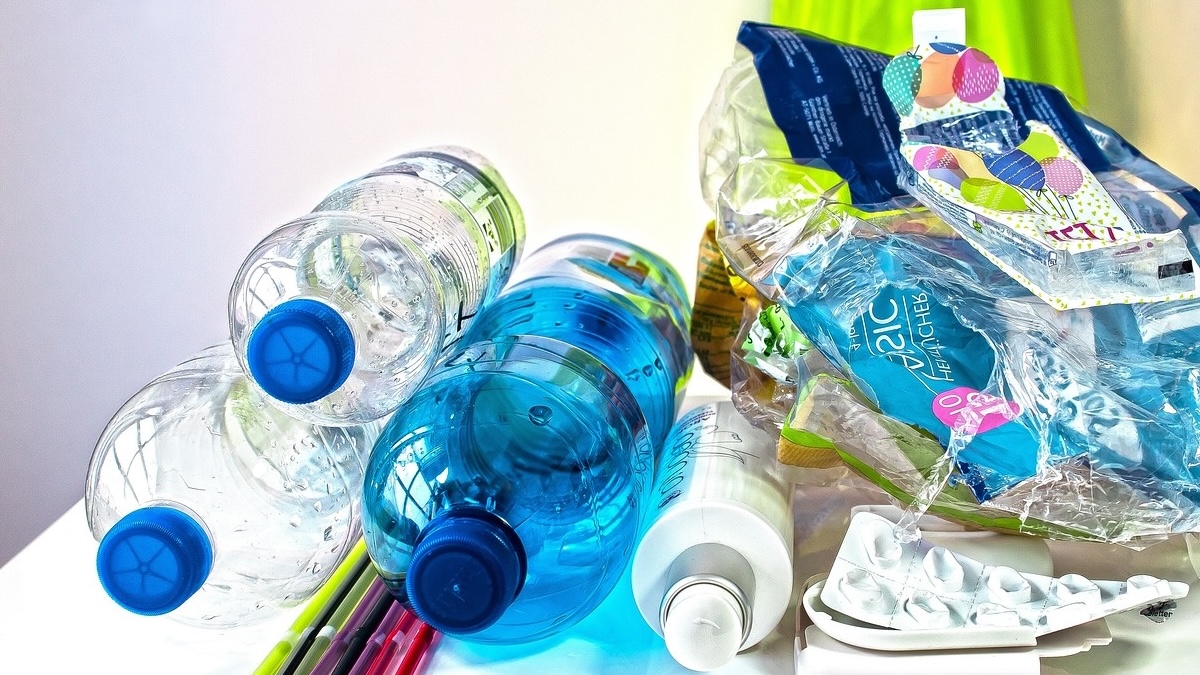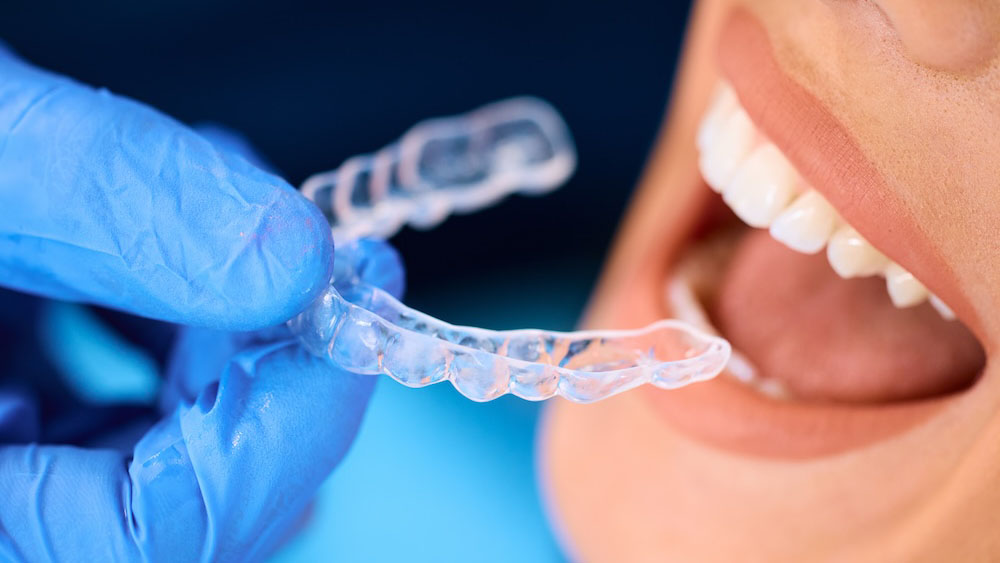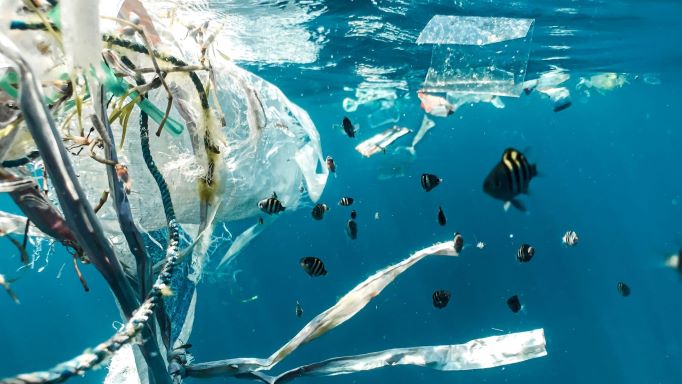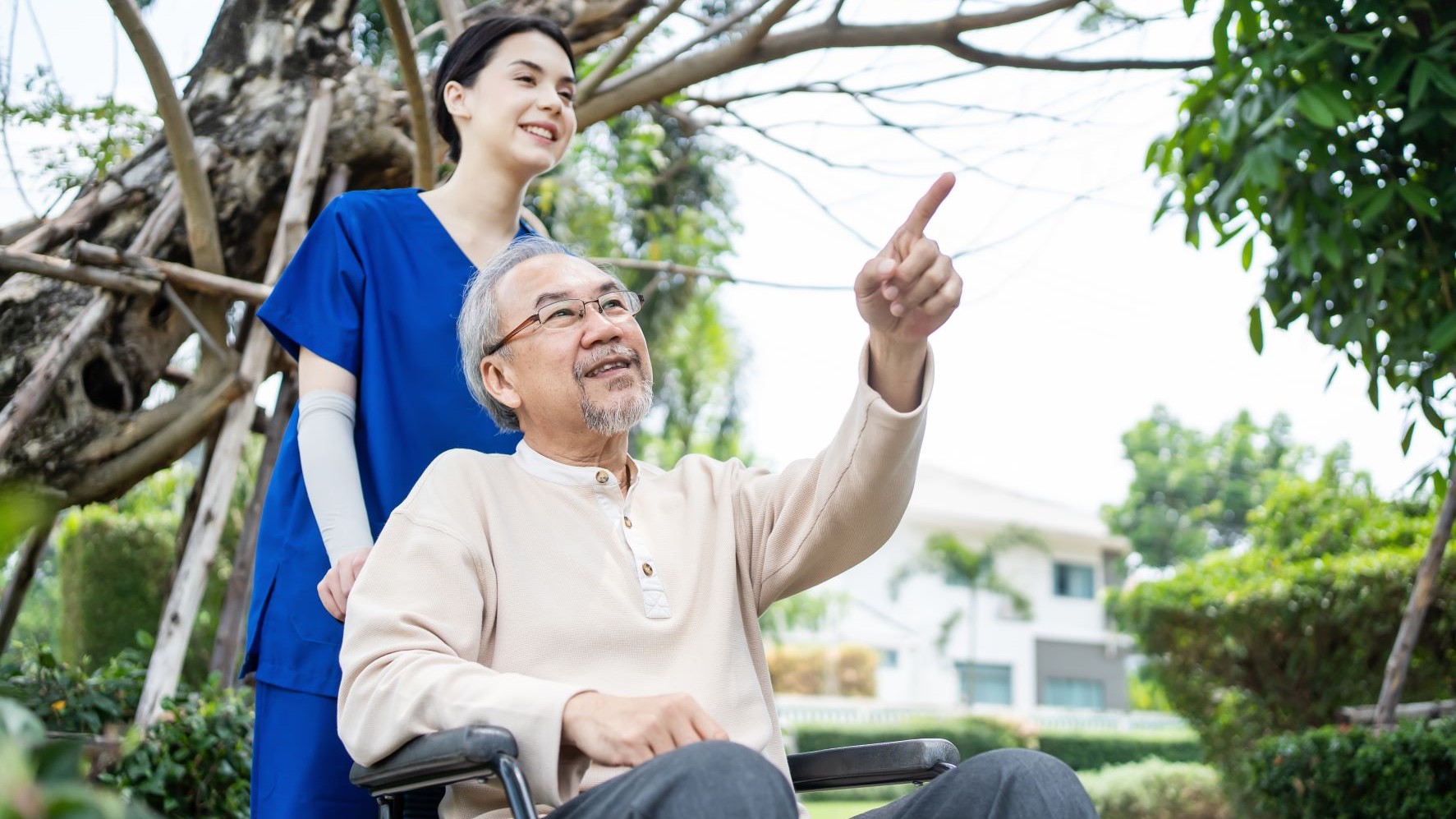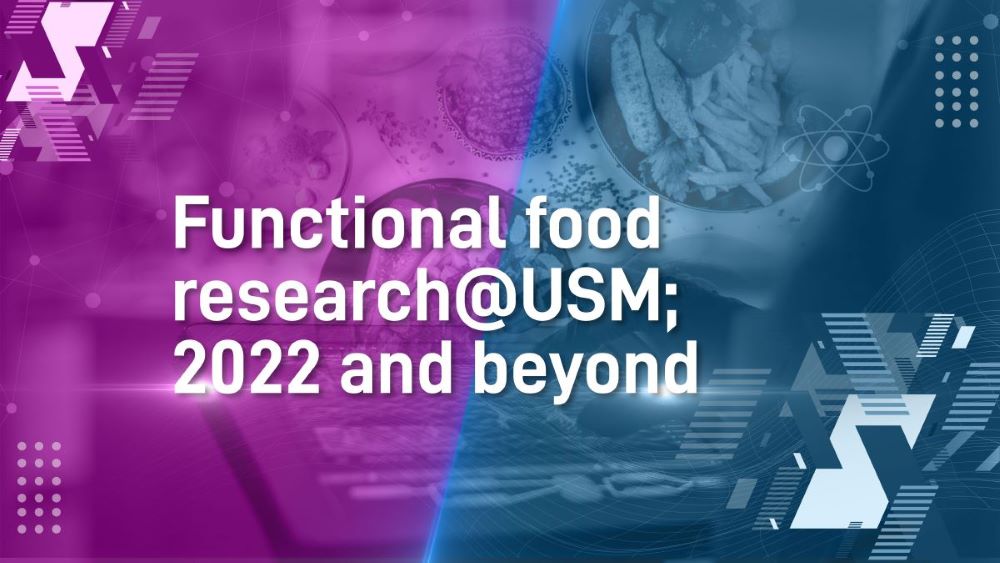AS a little girl who was brought up by parents with medical background, the hospital compound was largely my playground.
I had seen many trauma cases, blood, needle, the acrimonious smell of drugs and the most chilling sight was when patients were brought in from accident sites – and eventually lost their limbs due to bone trauma.
Seeing their plight, I developed a deep interest in science and technology so that I could find a way to fix injuries caused by bone trauma, in order that people who have suffered serious bone injuries could be mended back to lead quite normal lives.
I opted to become a materials engineer, with the aim of developing advanced materials for medical applications. As an engineer in this very niche specialty, I hold dreams of seeing severe bone trauma cases mended, rejuvenated and back on the road again.
Multiple functions
Bones are more than just the framework that hold the body together. They serve multiple functions in our daily life’s activities. They provide support for the body, allow us to move and protect vital internal organs such as the brain and heart.
Generally, bones are made up of 70 per cent calcium phosphate-based inorganic mineral, which gives hardness and strength to the body framework. The remaining 30 per cent consists of collagen type I – a protein-based material that lends softness and gives flexibility to the bones. In a nutshell, bones can be considered as a natural hybrid material.
Bones come in various shapes and sizes. Bones have two types of structural architectures – each with their own functions; the solid outer layer provides strength and the honeycomb spongy-like internal structure is a conduit for blood vessels and supports cell growth.
This network of blood vessels is vital as they supply sufficient amount of oxygen and nutrients as well as remove carbon dioxide and waste to and from the surrounding cells to ensure they are healthy and in good order.
Do you know that a baby has more bones than an adult? At birth, we have about 270 soft bones. As we grow up, the bones fuse to form a stronger structure. Also, the young bones have a higher remodelling rate than the ones found in adults - which explains why adults usually require longer healing time.
Bone remodelling
Bones are living organisms that continuously remodel throughout the lifetime of an individual. Bone remodelling is a life-long process, where mature bone tissue is broken down followed by new bone tissue formation.
Do you know that a baby has more bones than an adult? At birth, we have about 270 soft bones. As we grow up, the bones fuse to form a stronger structure. Also, the young bones have a higher remodelling rate than the ones found in adults - which explains why adults usually require longer healing time.
Worldwide, broken bones mainly result from road and sports trauma cases. In Malaysia alone, about 400,000 accidents occur yearly, with approximately 100,000 bone injuries of serious and minor cases.
Besides trauma cases, bones are also prone to osteoporosis which typically results from hormonal changes in post-menopause women. It is a condition that weakens bones, thus making them fragile and more likely to break. According to the National Health Service (NHS) records in the United Kingdom, more than 300,000 people receive hospital treatment for fragility fractures every year as a result of osteoporosis.
Rate of healing
Every person who has had a fractured bone, experiences healing in different ways and at a varying degree, depending on the nature and severity of the injury as well as the health condition of an individual.
Various treatment methods have been used in orthopaedic science to repair bone trauma. During repair of damaged bone tissue, remodelling is a vital process. However, in healing large bone defects, clinical intervention in terms of autografting (bone tissue taken from other part of patient’s own body) or allografting (bone tissue harvested from other humans) is often required to heal bone injuries where natural healing fails.
The use of biomaterials as optional treatment method has driven researchers to seek alternative materials to fix and repair broken bones for better clinical outcomes.
Unfortunately, many biomaterials fail to make it to the clinic as repair materials or fail after implantation due to poor understanding of material behavior in relation to the surrounding cell ecology – and more specifically, the communication between bone and blood vessel cells as well as the immune system.
Wrong assumption
For many years, it has been assumed that bone is solely calcium phosphate. However, researchers later realised that our natural bone contains many trace elements present in small amounts such as carbonate, silicon, magnesium, strontium and cobalt. This was another reason for the failure of calcium phosphate-based biomaterials to jell effectively as natural bone - since these materials were devoid of such trace elements. These trace elements are necessary for supporting bone remodelling.
The Universiti Science Malaysia (USM) Biomaterials Group in the School of Materials & Mineral Resources Engineering, is now working in fabricating a smart hybrid biomaterial, which might closely mimic the composition and architecture of the natural human bone.
At this stage of study, USM has successfully developed a three-dimensional (3D) porous multi-doped calcium phosphate material having a similar composition to the inorganic part of the human bone. Each of the trace elements (also known as dopants) introduced were carefully designed in a controlled manner to concurrently encourage the development of both bone tissues and blood vessels surrounding the damaged bone, as they are the key requirements for a successful bone remodelling.
This newly developed biomaterial will then be coated with collagen type I, forming a smart hybrid material. In order to ensure this hybrid material could smartly function as natural bone, it will then be tested with bone, blood vessel and immune cells. As part of the collaboration work with a local university in the United Kingdom, the fabricated material will also be tested in a specially designed chamber known as the biodynamic reactor to simulate the mechanical forces experienced biologically in a human body.



